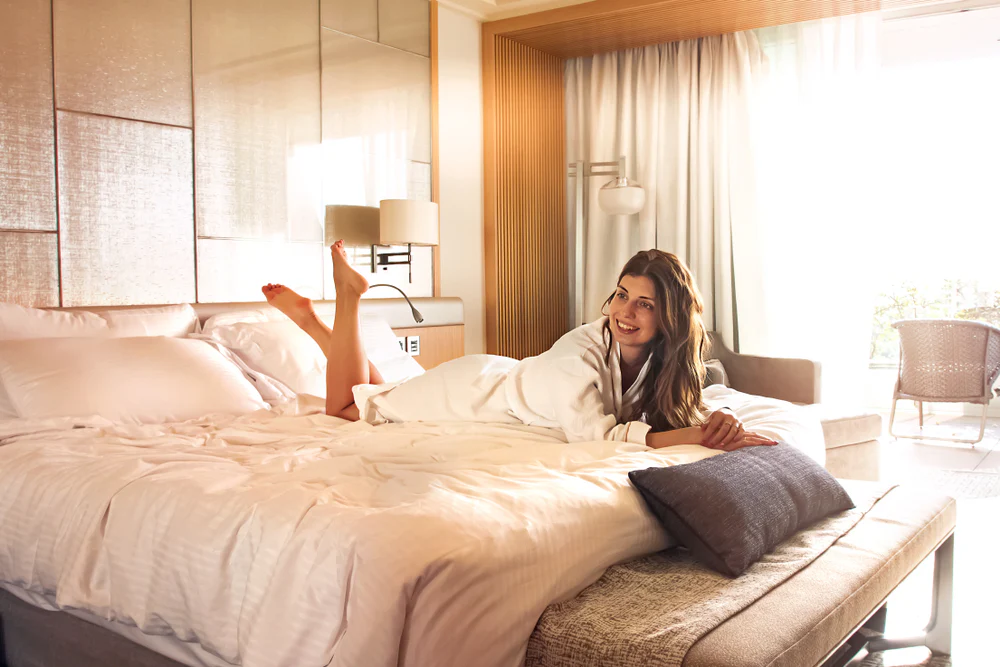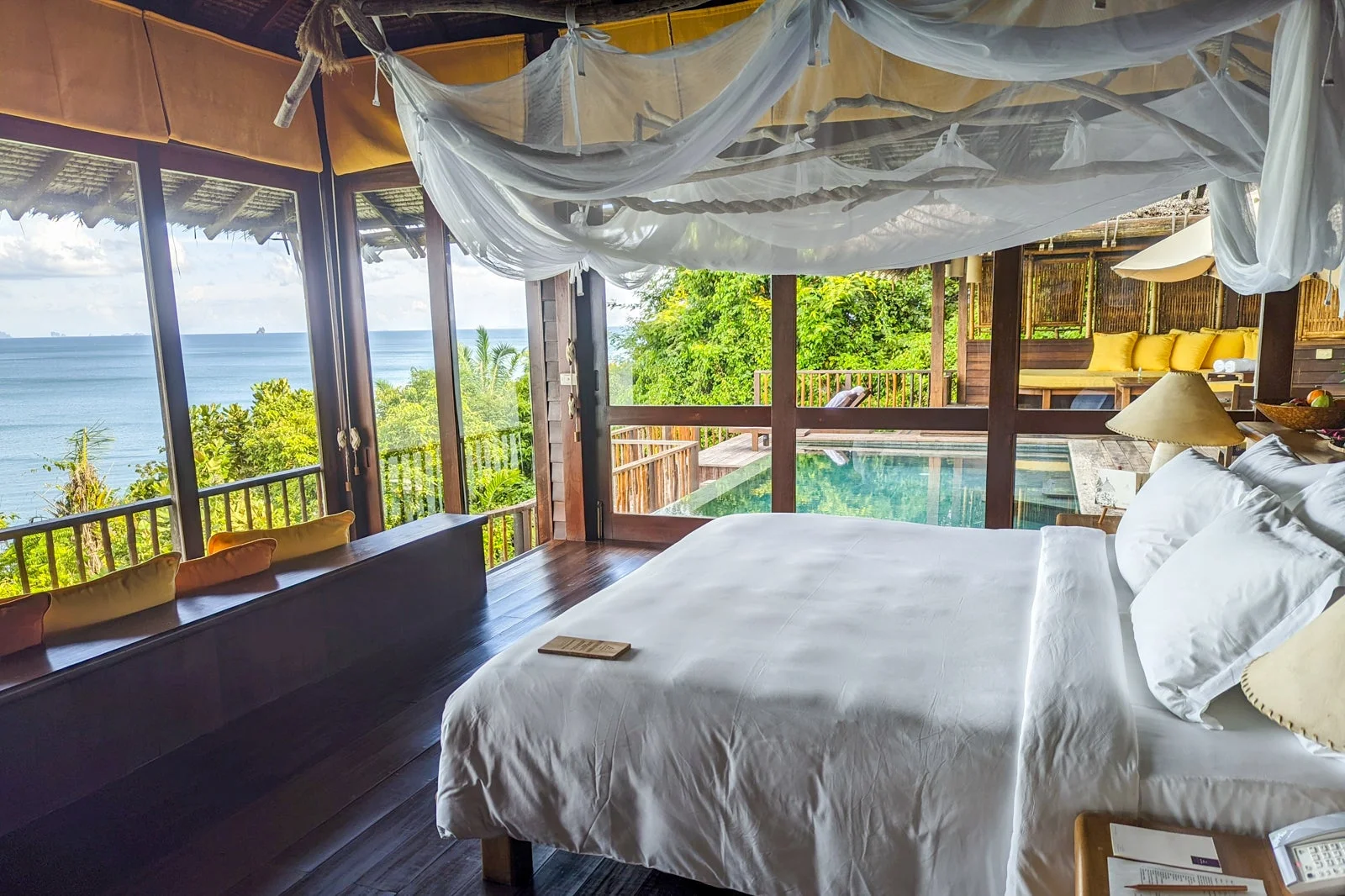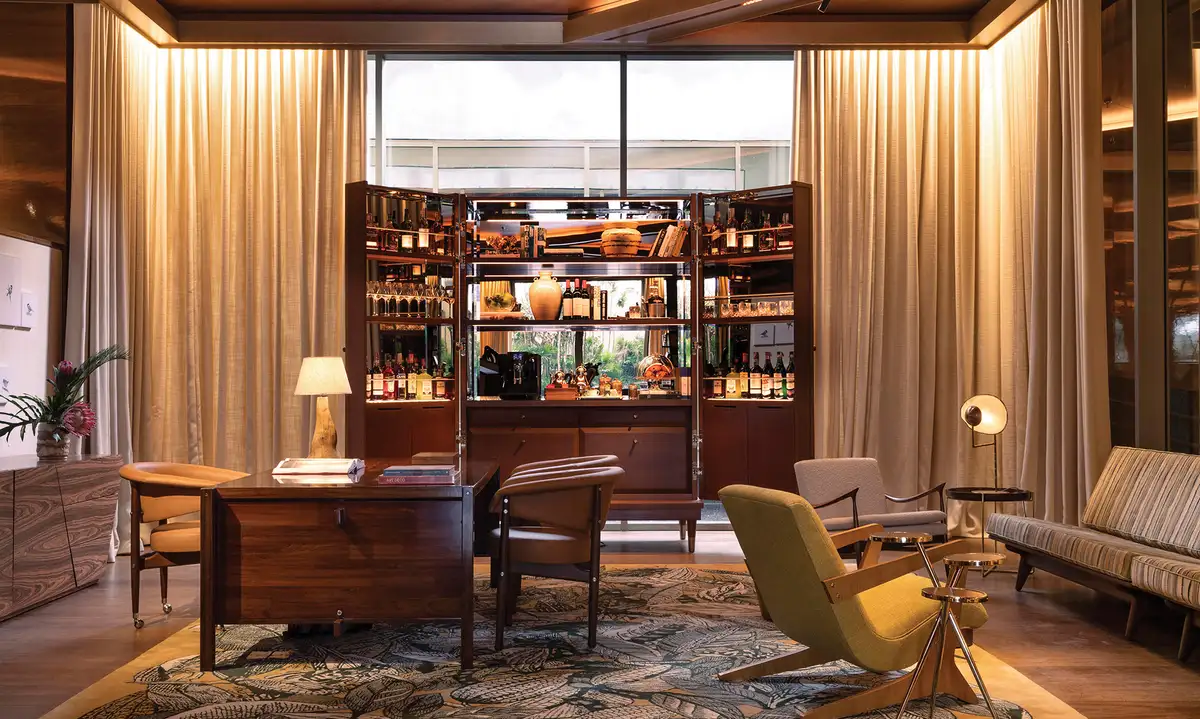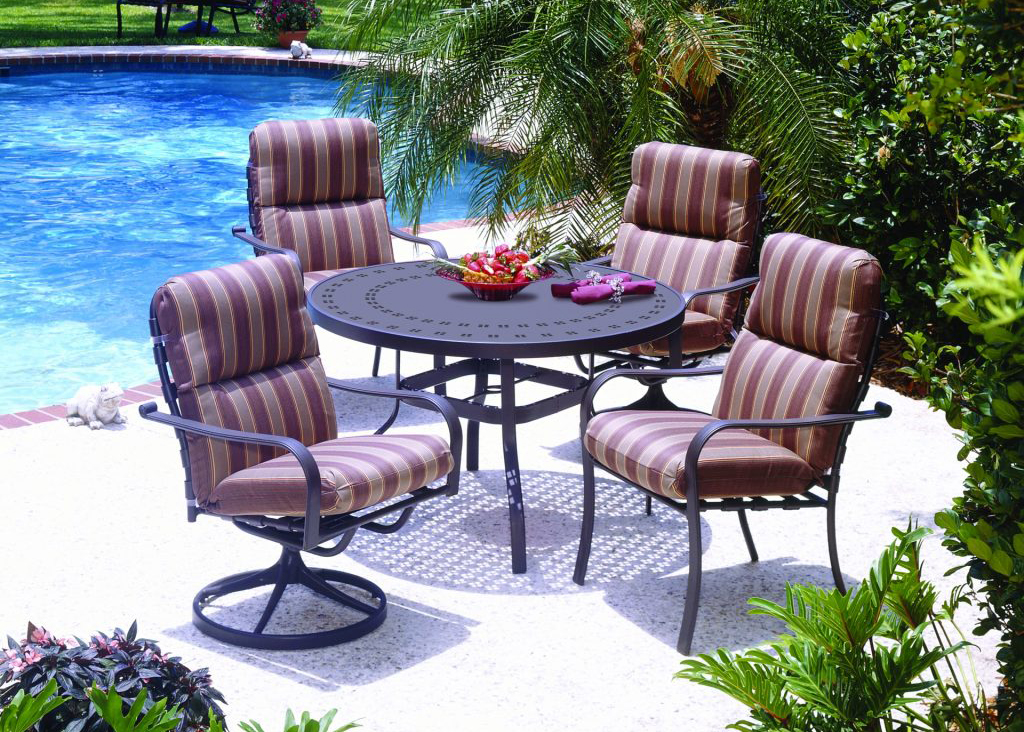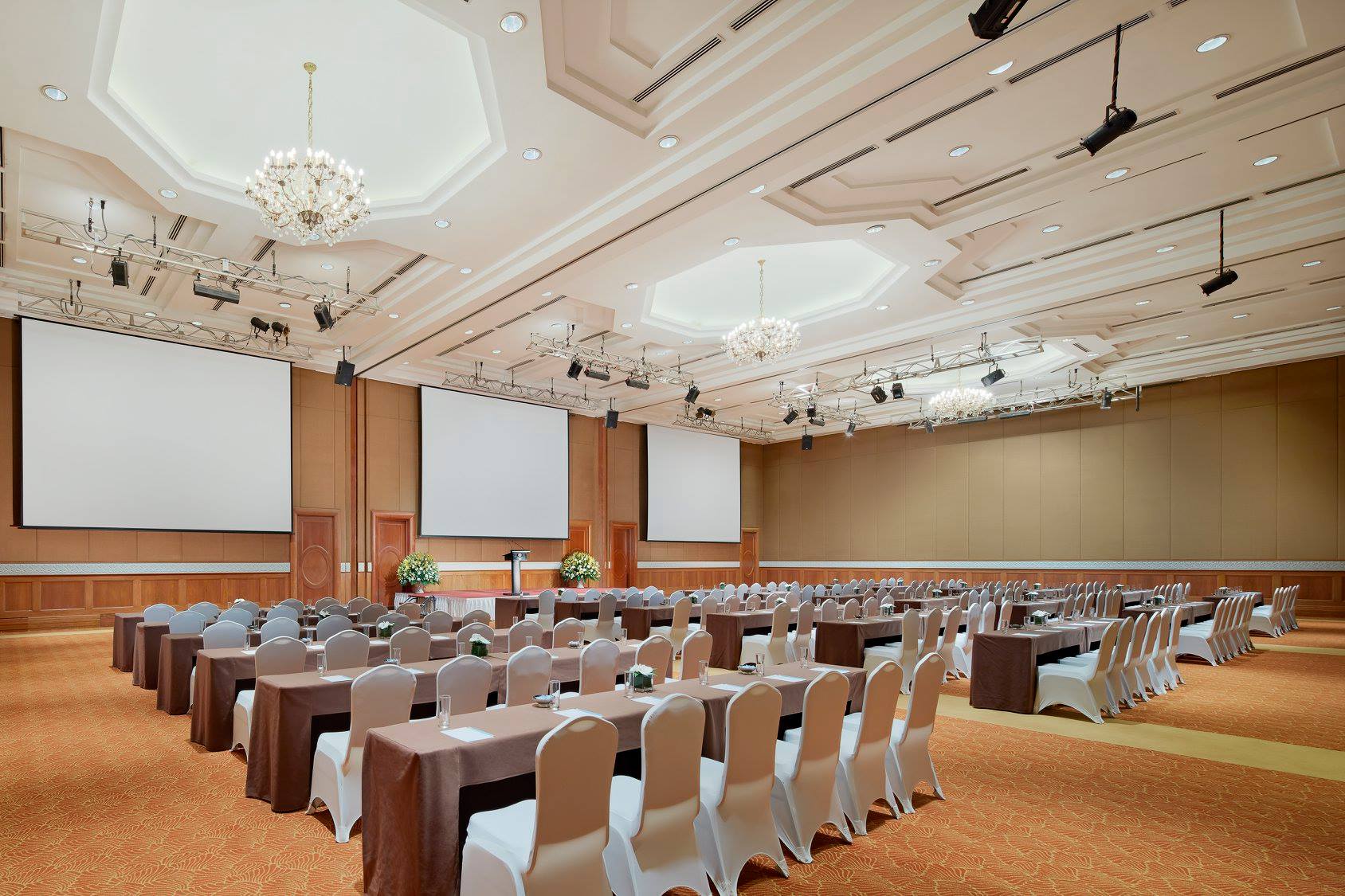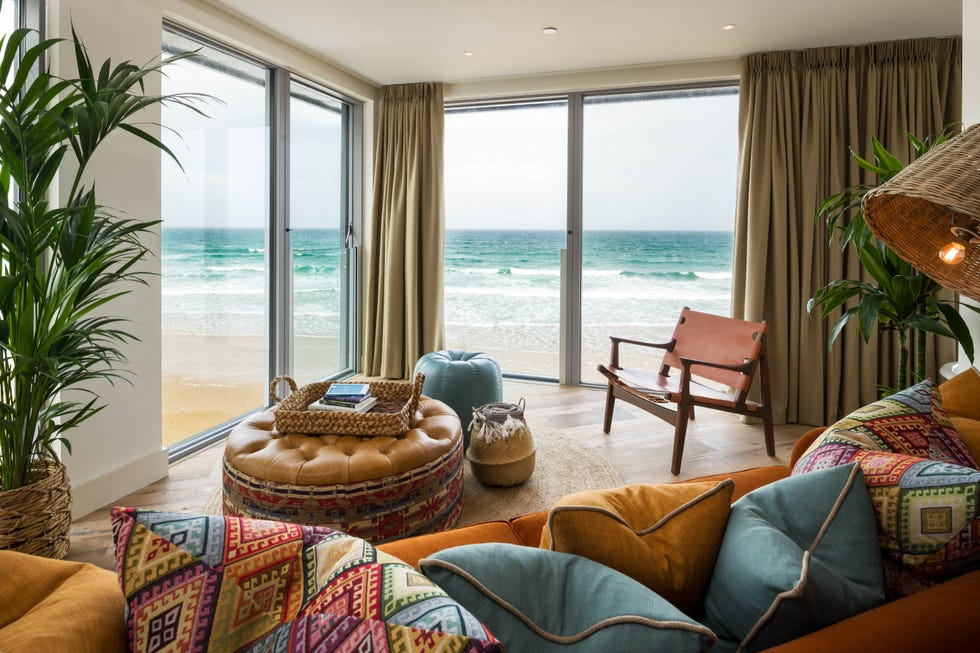Optimizing Lighting in Hotel Interior Design
Thứ 2, 15/09/2025
Administrator
27
Lighting plays a vital role in hotel interiors, shaping atmosphere, comfort, and guest impressions. The right balance of natural and artificial light elevates design and enhances functionality. In this article, Ngoc Hoang Anh shares insights on optimizing hotel lighting for better guest experiences.
1. The Role of Lighting in Hotel Interiors
Lighting shapes how guests perceive and interact with hotel spaces. It creates atmosphere, supports functionality, and highlights design details. For hotels, a thoughtful lighting plan is essential to deliver comfort, style, and memorable experiences.
1.1 Creating First Impressions
The lobby sets the tone for a guest’s entire stay, and lighting plays a crucial role in shaping this first impression. Bright, well-balanced illumination emphasizes architecture and décor, creating a sense of grandeur. Without it, even beautifully designed interiors risk feeling flat or uninviting, weakening the brand image.
1.2 Supporting Functionality
Hotel interiors must balance beauty with practicality, and lighting is at the core of this balance. Task lighting in meeting rooms ensures professionals can work comfortably, while reading lamps in guest rooms offer convenience and flexibility. By supporting different activities, lighting enhances the usability of every hotel space.
1.3 Influencing Emotions
Light profoundly affects human emotions and behavior. Warm tones encourage relaxation, making them ideal for guest rooms and dining areas, while cooler tones improve focus in workspaces. Hotels that adjust lighting intensity and color temperature strategically can create atmospheres tailored to guest needs, boosting satisfaction and loyalty.
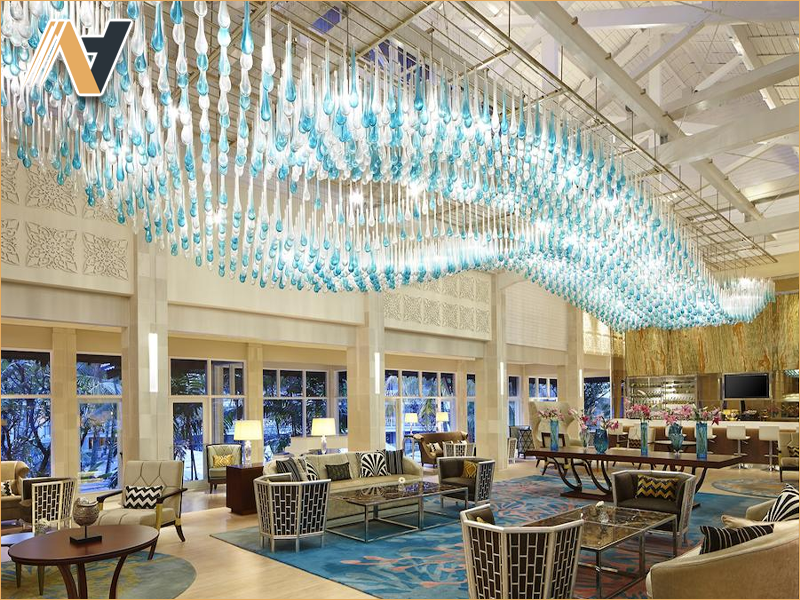
2. Maximizing Natural Light
Natural light is one of the most valuable design elements in hotels. It enhances guest well-being, reduces reliance on artificial lighting, and makes interiors feel more open and inviting. Thoughtful use of daylight is a hallmark of sustainable and guest-friendly hospitality design.
2.1 Window Placement and Size
Large windows and sliding glass doors bring daylight deeper into rooms, creating bright and welcoming spaces. Positioning furniture like beds and seating areas near windows maximizes comfort and helps guests enjoy exterior views. Proper placement transforms interiors into more open and energizing environments.
2.2 Skylights and Atriums
Skylights and central atriums provide abundant daylight to communal areas such as lobbies, dining rooms, and lounges. These architectural solutions reduce dependence on artificial lighting during the day while creating dramatic visual effects. They also improve airiness, giving hotels a more luxurious and uplifting atmosphere.
2.3 Light-Reflecting Surfaces
Strategic use of reflective finishes, mirrors, and light-colored materials amplifies available daylight. Walls, ceilings, and furnishings in soft tones help bounce natural light throughout the room. This technique makes compact hotel rooms feel larger, more vibrant, and more comfortable for extended stays.
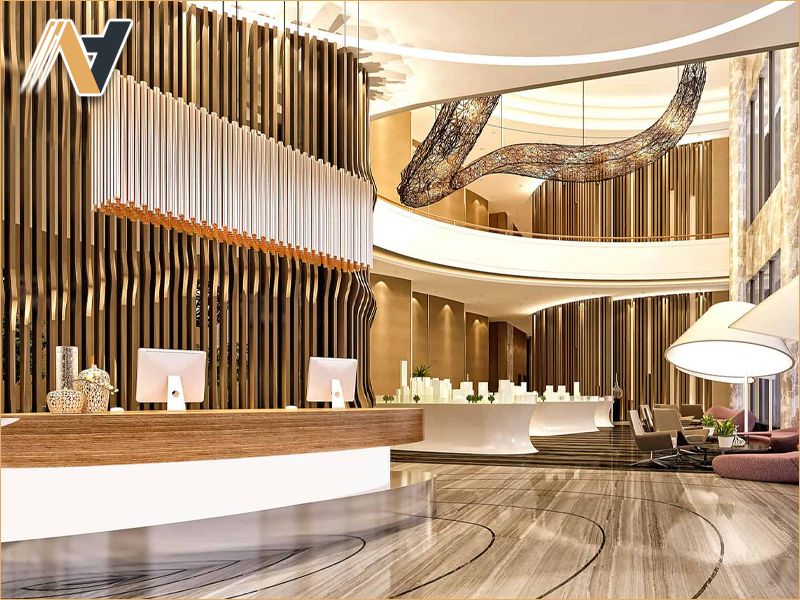
3. Layering Artificial Lighting
Artificial lighting ensures hotel interiors remain functional and inviting after sunset. By layering different types of light ambient, task, and accent designers can balance practicality with atmosphere. This approach makes spaces adaptable, welcoming, and visually engaging for diverse guest needs.
3.1 Ambient Lighting
Ambient lighting provides the foundation for visibility in any hotel space. Ceiling fixtures, recessed lights, or concealed coves create a soft, uniform glow that sets the overall tone. When well-designed, it prevents harsh shadows, ensures comfort, and makes lobbies, hallways, and guest rooms feel warm and accessible.
3.2 Task Lighting
Task lighting delivers focused illumination to support specific activities. In guest rooms, bedside lamps help with reading, while desk lamps enhance productivity for business travelers. In restaurants, pendant lights over tables ensure clarity without overwhelming ambiance. This type of lighting ensures guests have the right amount of brightness where they need it most.
3.3 Accent Lighting
Accent lighting draws attention to architectural details, artworks, or decorative elements that define a hotel’s identity. Wall sconces, spotlighting, or LED strips highlight textures and features, adding depth and visual interest. By carefully positioning accent lights, hotels can create focal points that elevate both design quality and brand personality.
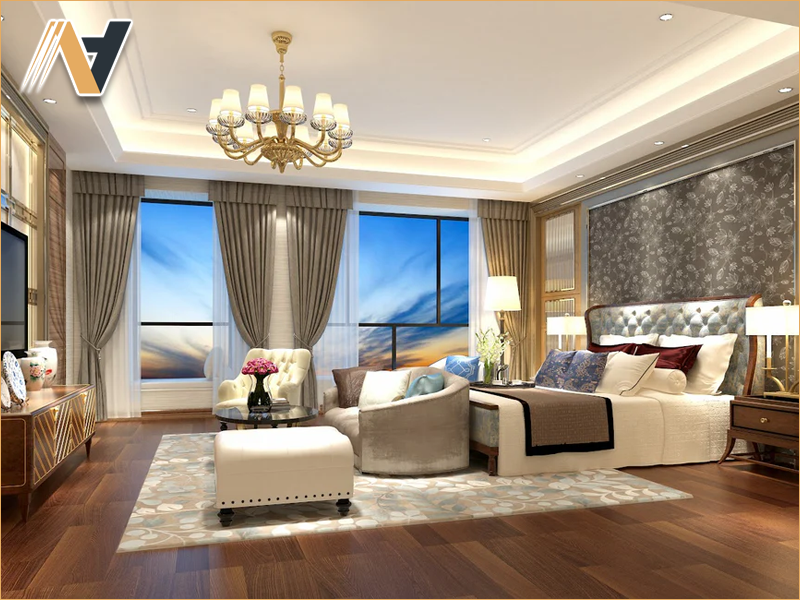
4. Energy-Efficient and Smart Lighting Solutions
Energy efficiency is now a priority in hotel design, helping properties cut costs and meet sustainability goals. Smart lighting technologies not only reduce energy waste but also enhance guest comfort, offering hotels long-term value and eco-friendly credibility.
4.1 LED Lighting Systems
LED lighting has become the standard in modern hospitality. Compared to traditional bulbs, LEDs consume far less energy, last longer, and provide versatile options for design. From statement chandeliers in lobbies to backlit mirrors in guest rooms, they deliver both efficiency and elegance, reducing maintenance costs over time.
4.2 Smart Controls and Automation
Smart lighting systems use sensors, dimmers, and automation to adapt illumination based on occupancy or daylight levels. Lights can dim during the day, turn off when spaces are unoccupied, or adjust intensity for events. This flexibility not only improves energy savings but also allows hotels to create tailored atmospheres that enhance the guest experience.
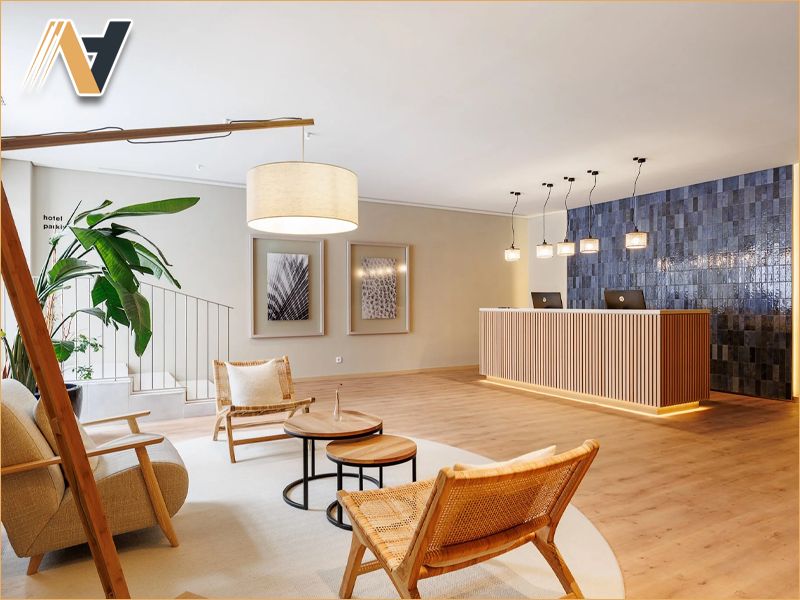
5. Lighting Design for Different Hotel Spaces
Each hotel area serves a unique purpose, and lighting must be tailored accordingly. From welcoming guests in the lobby to creating intimacy in restaurants or supporting focus in conference halls, proper lighting design ensures every space delivers the right mood and functionality.
5.1 Lobby and Reception
The lobby is the face of the hotel, where first impressions are formed. Bright, layered lighting highlights architectural details and décor, while statement fixtures such as chandeliers add prestige. Softer accent lights around seating zones balance grandeur with comfort, creating an inviting arrival experience.
5.2 Guest Rooms and Suites
In bedrooms, lighting should balance relaxation and practicality. Ambient lighting provides overall comfort, while bedside lamps and desk lights cater to individual needs. Dimmable controls allow guests to adjust brightness according to preference, making the room adaptable for rest, work, or leisure.
5.3 Restaurants and Bars
Dining areas rely on lighting to set the right mood. Warm, low-level lighting fosters intimacy, while accent lights highlight tables and décor. In bars, creative lighting with color accents or LED strips enhances atmosphere, encouraging social interaction and memorable guest experiences.
5.4 Conference and Event Halls
Business and event spaces require versatile, adjustable lighting. Bright illumination supports meetings and presentations, while dimmable systems create ambiance for banquets or receptions. Flexibility is key, allowing the same hall to transform seamlessly between professional and social functions.
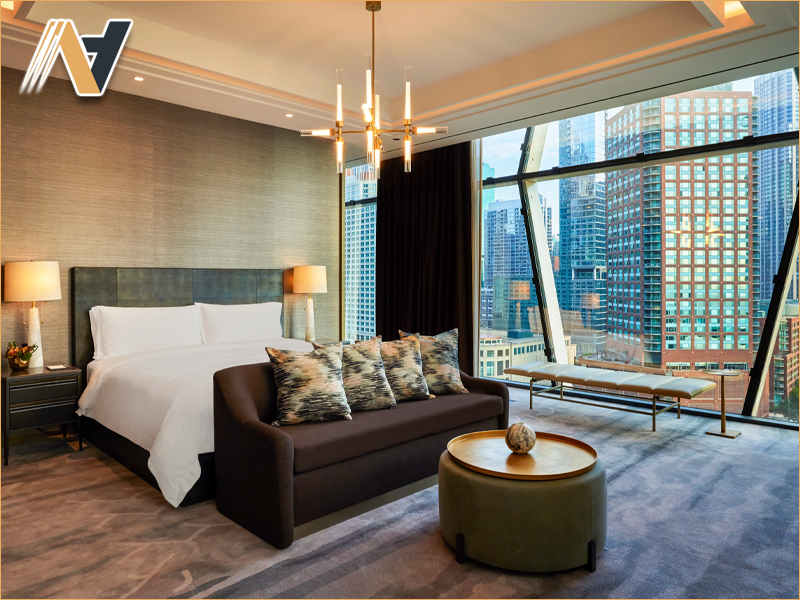
6. Conclusion
Optimizing lighting in hotel interiors requires balancing natural daylight, artificial layers, and smart technologies to enhance both functionality and aesthetics. From lobbies that create lasting first impressions to guest rooms that offer comfort and flexibility, lighting design defines how guests experience a hotel. For hospitality projects seeking reliable manufacturing partners, Vietnam hotel furniture OEM by Ngoc Hoang Anh ensures professional solutions that integrate seamlessly with modern design trends.
Contact us today for expert consultation and high-quality production support tailored to your hotel interiors.
-----
NGOC HOANG ANH TRADING COMPANY LIMITED
Tax Code: 3702874413
Address: No. 288/28/10 Huynh Van Luy Street, Zone 7, Phu Loi Ward, Ho Chi Minh City, Vietnam
Warehouse: No. 1/91, Thuan Giao 02 Street, Binh Thuan 2 Residential Quarter, Thuan Giao Ward, Ho Chi Minh City, Vietnam
Phone/Whatsapp/Wechat: +84342076666
Email: info@ngochoanganh.com.vn




